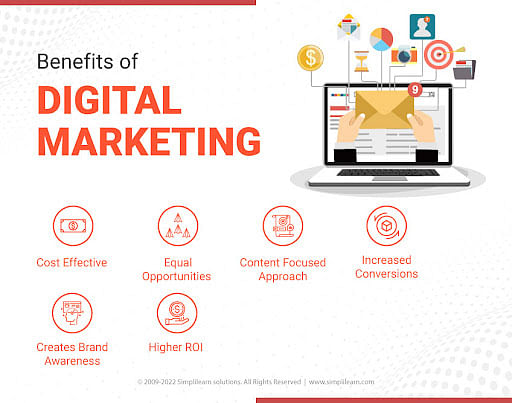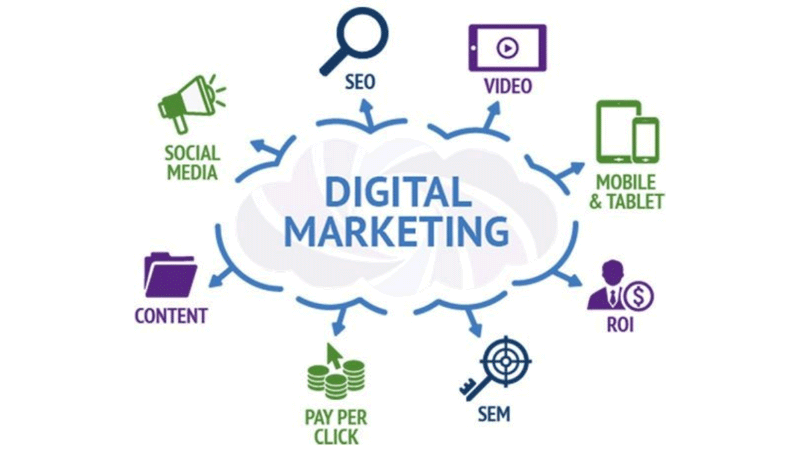Enhance Individual Experience and Drive Traffic With Responsive Website Design
In today's digital landscape, where users are accessing websites from a wide variety of tools, receptive internet style has actually become a lot more essential than ever before. With its ability to adapt and seamlessly readjust to various screen dimensions, receptive style not only boosts individual experience however additionally drives web traffic to your web site.
Why Receptive Internet Style Issues
Responsive website design is a necessary aspect of contemporary web development as a result of its capability to ensure optimum individual experience across numerous tools and display sizes. With the proliferation of smartphones, tablets, and other smart phones, it has actually ended up being critical for internet sites to adapt and give seamless performance despite the tool being used.
The key reason that responsive web design issues is that it enables users to have a pleasurable and consistent surfing experience, no matter of the gadget they are using. A receptive web site automatically changes its design, content, and design aspects to fit the screen size and resolution of the device, making certain that customers can easily communicate and navigate with the internet site without any type of aggravation or irritation.
In addition, responsive website design also plays a significant function in search engine optimization (SEO) Browse engines, such as Google, prioritize sites that are responsive and mobile-friendly in their search results. By incorporating responsive design principles, websites can enhance their presence and ranking, leading to increased organic traffic and potential customers.

Boosting Individual Engagement Via Responsive Style
Optimizing individual engagement is a crucial objective of receptive design, as it guarantees that customers can quickly access and connect with web site content on any kind of device. With the boosting usage of tablets and smartphones, it is vital for internet sites to adjust to various display dimensions and resolutions. Receptive layout makes it possible for internet sites to instantly readjust their format and web content to give a smooth customer experience throughout tools.
Among the primary methods receptive layout enhances customer interaction is by reducing load times. With a responsive site, individuals do not need to await different mobile variations to load, leading to faster accessibility to content. This better rate brings about higher user contentment and urges them to spend more time on the website.
In addition, responsive design boosts individual interaction by improving navigating and individual interface (The Ad Firm digital marketing). When a site is designed responsively, food selections and switches are enhanced for touch interactions, making it less complicated for individuals to engage and navigate with the website on their smart phones. This user-friendly and easy to use experience maintains users involved and motivates them to explore even more of the site
Additionally, responsive layout enables better content presence and readability. By adjusting the layout and font sizes to different gadgets, responsive internet sites make sure that users can conveniently recognize the content and review. This improves customer engagement by lowering the need for scrolling or zooming to read the message.
Increasing Web Site Website Traffic With Responsive Internet Layout
With the expanding popularity of mobile phones, having a web site that is receptive to various display dimensions and resolutions is crucial for driving raised traffic. In today's digital landscape, users are accessing sites from a range of gadgets such as mobile phones, tablet computers, and desktop computer computer systems. Each of these tools has various display dimensions and resolutions, and if your internet site is not designed to adapt to these variants, it can lead to a poor user experience and a loss of potential traffic.
Responsive web style ensures that your internet site looks and operates efficiently throughout all gadgets. By using flexible grids, liquid pictures, and media queries, receptive layout enables your website to automatically readjust its web content, navigating, and layout to fit any screen size. This means that users will certainly have a smooth surfing experience no matter whether they are making use of a huge desktop or a small smartphone computer system.
Crucial Element of Efficient Responsive Design
Reliable receptive design integrates numerous key elements that guarantee a smooth user experience across different gadgets. This enables web content to be displayed in a legible and visually appealing way on any kind of device.
Another crucial component is media queries. These enable developers to use different styles and layouts based upon the qualities of the user's tool, such as display size and positioning. By utilizing media questions, developers can optimize the discussion of content for every gadget, guaranteeing that it is readable and quickly accessible.
Receptive photos are additionally important in reliable responsive layout. Photos that are too huge can decrease page load times on mobile devices, while photos that are as well small may appear pixelated on larger screens. By utilizing strategies such as receptive picture resizing and careless loading, designers can guarantee that images are appropriately sized and maximized for each and every gadget.
Finally, effective receptive layout includes a mobile-first technique. This indicates prioritizing and creating material for mobile gadgets initially, and then broadening and enhancing the style for larger displays. This technique makes certain that one of the most essential content is easily obtainable on smaller displays, while still supplying an abundant website styles experience on larger gadgets.
Best Practices for Executing Responsive Website Design
Implementing responsive website design requires cautious factor to consider of different finest techniques to make certain an optimal customer experience across different tools. When implementing responsive web design., right here are some vital finest techniques to comply with.
First of all, it is essential to prioritize mobile individuals. With the increasing supremacy of mobile tools, creating for mobile-first has actually become important. Start deliberately for smaller screens and after that considerably enhance the format for bigger screens.

One more important go to my blog ideal practice is to enhance images for various display resolutions. Big photos can reduce the packing time of your website, specifically on mobile phones with slower links. Use responsive images that can be resized based upon the gadget's display resolution to enhance efficiency.
In addition, test your internet site on different tools and screen sizes to ensure a regular and smooth experience. There are numerous testing tools readily available that can aid you recognize any concerns and make necessary modifications.
Lastly, prioritize use and ease of access. Make certain that your site is very easy to browse, with concise and clear material. Make certain that your website is accessible to people with handicaps and follows ease of access standards.
Verdict
In conclusion, receptive internet design plays a crucial function in enhancing user experience and driving traffic to web sites. By adopting receptive design concepts, websites can make sure optimal checking out experiences across various tools, leading to raised customer engagement.
Optimizing user interaction is a crucial objective of responsive layout, as it ensures that customers can quickly accessibility and connect with internet site content on any device. Receptive style enables web sites to instantly readjust their layout and web content to provide a seamless individual experience throughout tools.
In addition, responsive style enhances individual involvement by enhancing navigation and individual interface.Receptive photos are likewise critical in efficient responsive layout. By embracing responsive design principles, web content sites can make sure optimum checking out experiences throughout different tools, leading to increased customer interaction.